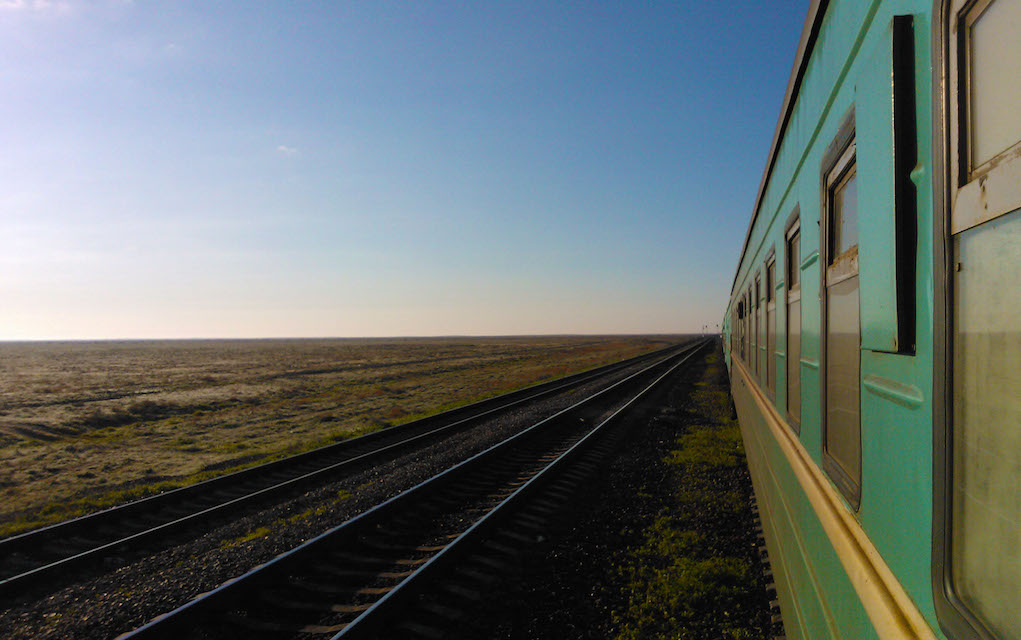According to the World Bank, Kazakhstan’s GDP is expected to fall sharply from 4.1% in 2014 to 1.8% in 2015. Given Russia’s economic downturn Kirghizstan and Tajikistan will also be affected. The percentage of remittances will fall in both countries, driving GDP growth down to 3.0% and 4.2% respectively. Xi Jinping, President of China, has been thinking ahead of the game, and has set Central Asian development as one of his priorities. Even earlier than Xi Jinping, in 2008, a $ 700 million dollar fund was given to Kazakhstan by the Asian Development Bank to improve the millenary “Silk Road” infrastructure. Since then official development assistance from East Asia has become common.
The Central Asian region is formed by six states, five of them former territories of the Soviet Union and Afghanistan. Given its landlocked condition they are highly dependent on their neighbors, with either better infrastructure or a way out to the sea. Thus, every transformation in the regions’ economic powers will affect Central Asia, through changes in remittances, workforce, migration, foreign direct investment or official development assistance. Russia’s economy has been impacted by the recently imposed sanctions and the decreasing prices of oil. Hence, in “percentage of growth”, remittances to Central Asia have diminished considerably; money flows were close to -6.3% and will be lower in 2015, -12.7%.
Lately, China has become a relevant actor in Central Asian development. Its commitment to the “One Belt One Road” initiative has overshadowed any other initiative in the region, as an encompassing infrastructure project valued in around $6.7 billion. The plan calls, aside of the improvement of approximately 2,715 kilometers of road, for the construction of oil and natural-gas pipelines, fiber-optic networks, information technology, new energy, and biotechnology.
Besides bilateral investment, China – Kazakhstan, China- Pakistan, United States, Russia and India and many development banks will be involved in the project. The Asian Development Bank will partner with the Islamic Development Bank (IDB) and the Japan International Cooperation Agency (JICA). The recently created Asian Infrastructure Investment Bank will also participate in the project. The shares will be distributed approximately as follow: the ADB section and that of its partner’s amounts to about $1.48 billion. ADB will provide a $700 million financing facility while IDB will provide $414 million and JICA $150 million.
In terms of outcomes the Silk Road Economic Belt, which also include a maritime route, will increase Kazakhstan’s gross domestic product (GDP) 68% above the 2010 baseline, by 2020. The GDP of neighboring Central Asian countries will also grow by 43%. Russia and China will also directly benefit from the project with potential real GDP gains of 4% and 6%, respectively, by 2020 and fully 12% and 17%, by 2030. The Asian Development Bank also calculates an increase of 32% and 33% in exports and imports respectively by 2020, and a double number for 2030.
The question remains, will this initiative continue to be a priority given the slow decrease and likely stagnation of China’s economy? The most affected region will be without a doubt, Central Asia. Already hit hard by Russia’s situation, and with the potential to improve its economic performance through trade, Central Asia will have no capital to provide the inputs it needs achieve it.

























